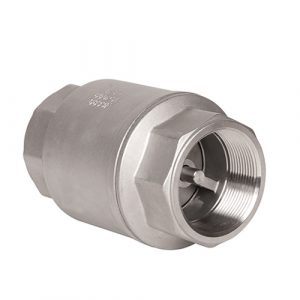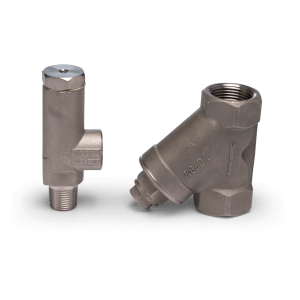Valves – What Do They Do?
With all of the valve types, it is difficult to know which to choose.
Before selecting the correct valve for a specific application like isolation or flow control, it is important to know:
1. Media. What is the liquid or gas comprised of?
2. Pressure & Temperature. What are the process conditions?
3. Compatibility. What valve materials can be used?
4. Line Size. What is the pipe diameter and material?
5. Control. What type of control is required?
Here are seven basic valves and a brief description of their function:
Ball Valves are used for shut-off applications. The valve body contains a hollow metal ball that rotates 90-degrees (quarter turn) to allow or stop flow. These valves are durable, able to perform in dirty and harsh conditions; and have tight seals that are not exposed to inline particles or debris.
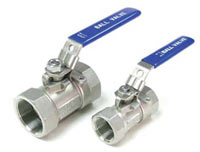
Butterfly Valves are fast acting rotary motion valves used to start, regulate and stop flow. The valve disc moves like a butterfly wing as it rotates 90-degrees (quarter turn) from fully open to fully closed. Butterfly valves are used in high flow, low pressure liquid and gas applications with a relatively low pressure drop. These valves take up less space than globe valves, and are lower in weight.
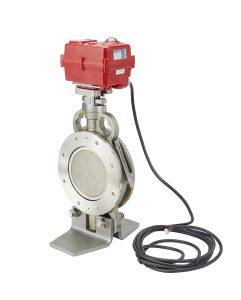
Globe Valves are linear motion valves designed for directional, precise flow control. A handwheel or solenoid can adjust the valve to any desired level. The valve disc moves at right angles to the the seat, parallel to the line of flow. This allows the force of closing to tightly seat the disc. Globe valves can also be used for complete flow shut-off at end terminations like a faucet or tap. Because of their internal configuration, globe valves produce turbulence within the flow, and create substantial inline pressure drops. They are also heavier than other valves of the same rating. We can help you select the correct cost-effective valve and actuator for your need.

Plug Valves are rotary-motion valves. The valve body contains a fast-acting plug that rotates 90-degrees (quarter turn) to allow or stop flow. Full-bore plug valves allow 100% flow-thru with low pressure drops. While flow characteristics are not perfectly linear, these valves are excellent for use in slurry and wastewater applications where solids and fibers might be part of the flowing media. Eccentric plug valves have drip-tight seals. Larger diameter plug valves (over 4″) are typically lower in price than ball valves of the same size.
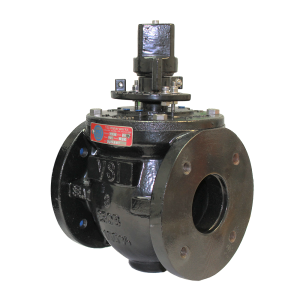
Gate Valves are designed for on/off non-control applications for clean liquids. They are lightweight, smaller than globe or butterfly valves; and are often used in light-duty or temporary installations.
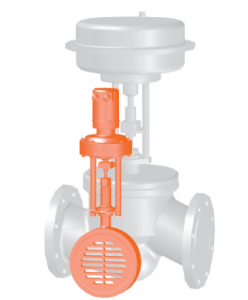
Check Valves allow fluid to flow in only one direction. They are designed to prevent backflow in the line. They are generally smaller, providing minimal inline obstruction and head loss. These valves rely on a pressure differential to operate. When the pressure is greater on the inlet side, the valve opens. When the pressure is greater on the outlet side, the check valve closes. Check valves are used in clean liquids, as well as wastewater and slurry applications. They can also be used to isolate high pressure from low pressure systems or to prevent contamination between systems.
